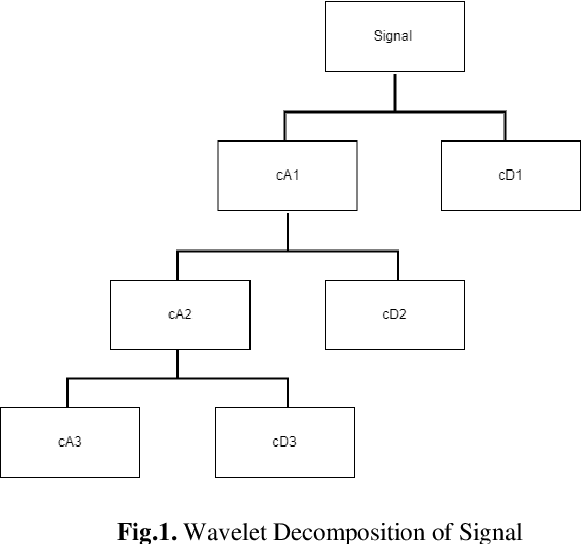Deep Learning Architecture for Motor Imaged Words
Paper and Code
Aug 08, 2023
The notion of a Brain-Computer Interface system is the acquisition of signals from the brain, processing them, and translating them into commands. The study concentrated on a specific sort of brain signal known as Motor Imagery EEG signals, which are activated in the brain without any external stimulus of the needed motor activities in relation to the signal. The signals are further processed using complicated signal processing methods such as wavelet-based denoising and Independent Component Analysis (ICA) based dimensionality reduction approach. To extract the characteristics from the processed data, both signal processing includes Short-Term Fourier Transforms (STFT) and a probabilistic approach such as Gramian Angular field Theory are used. Furthermore, the gathered feature signals are analyzed and converted into noteworthy commands by Deep Learning algorithms, which can be a mix of complicated Deep Learning algorithm families such as CNN and RNN. The Weights of trained model with the particular subject is further used for the multiple subject which shows in the elevation of accuracy rate in translating the Motor Imagery EEG signals into the relevant motor actions
 Add to Chrome
Add to Chrome Add to Firefox
Add to Firefox Add to Edge
Add to Edge